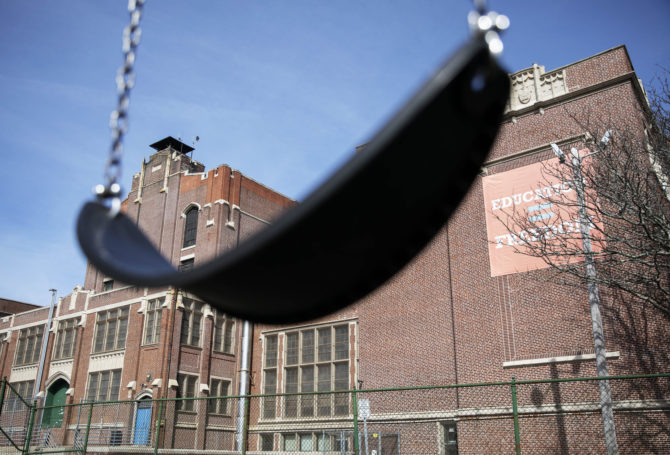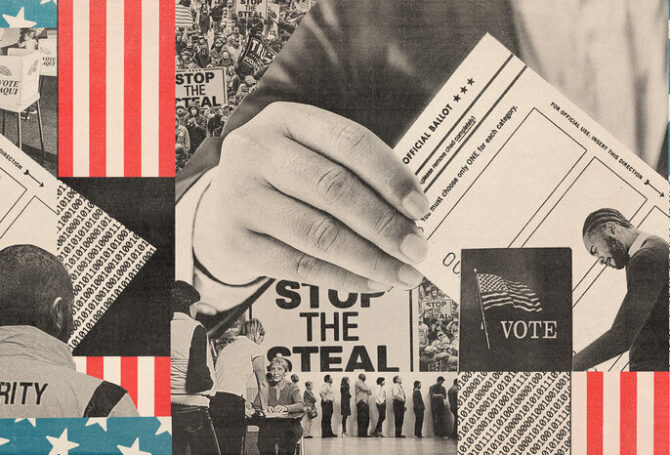
Governor Kate Brown ordered Oregon schools to remain closed for the rest of the academic year. Her order came a day after Chinese authorities reopened Wuhan following a 76-day lockdown because of the COVID-19 outbreak. Schools in California and Washington also have been shut down for the school year.
Brown’s order – and the Wuhan example – portend Oregonians will be encouraged to stay at home into the start of summer in June. Because social distancing efforts so far have appeared to flatten the rise of coronavirus infections in Oregon, Brown will face anticipated pressure to let up on the brakes, at least for businesses that are suffering economically and have furloughed workers.
Federal relief funds, especially those from the Payroll Protection Plan, have been slow to arrive, adding to the stress of employers searching for ways to keep workers on the job, or at least still covered by health insurance.
Stretches of increasingly warm weather may tempt people to escape their homes and forego strict adherence to social distancing and handwashing, perhaps even ditching their newly created facemasks. Skeptics who have downplayed the coronavirus outbreak and questioned the need for a lockdown are agitating for a let-up to allow businesses and workers to return to more normal conditions.
However, public health experts warn that the virus hasn’t run its course, as evidenced by the spiking death rate in New York City and exploding new cases in other major urban centers. COVID-19 models that predict a continued rise in infections and mortality are based on lockdowns throughout the nation continuing through June.
Whether or not the lockdown in Oregon is relaxed, businesses, hospitals, food banks and unemployed workers are facing economic, social and emotional challenges. Many restaurants are trying to hold on by offering takeout. Without profit-generating elective surgeries, hospitals, especially in rural areas, are facing a financial crunch. The surge of unemployment insurance claims has overwhelmed the intake system and led to painful delays in benefit payments. With shrunken bank accounts, many families have turned to already overtaxed food banks for emergency food supplies.
The economic challenge posed by the response to COVID-19 is like a cascading waterfall. Businesses forced to close don’t have the reserves to retain all of their employees. The $2 trillion federal relief package includes $350 billion intended to help small businesses avoid layoffs. Bureaucratic snags have led to confusion and slower-than-hoped-for payments to small businesses.
Many of the employees let go live paycheck-to-paycheck and don’t have the spare cash to pay rent, a car loan or student debt without squeezing what they buy for food and other necessities. Many Americans will receive a one-time federal payout of $1,200 plus $500 for children living at home. That payout will come by mid-April if the Internal Revenue Service has a taxpayer bank account to send it to, otherwise the check won’t be in the mail until this summer.
The spike in unemployment claims also has led to processing delays, which have in turn slowed outlays to workers without jobs because of the coronavirus outbreak. Those delays are compounded by a related delay in a $600 federal augmentation of unemployment benefits. The reserve funds to pay unemployment claims also is coming under pressure.
Shuttered businesses and workers without paychecks are projected to lower state tax revenues, inhibiting the ability of state officials to offer more expansive financial relief to distressed businesses and workers.
Oregon’s health care system hasn’t faced the horror seen in New York City with jampacked intensive care units and refrigerated trucks to store corpses. But health care providers have suffered tremendous emotional stress, with many working extended shifts and facing personal risk because of a lack of protective equipment and self-quarantining to prevent exposing their families to the infection.
Having children at home instead of school has created its own social stress, requiring parents to take more responsibility for remote learning and keeping families occupied when they are socially restricted to a house and backyard.
In making her announcement today, Brown relieved some stress by saying high school seniors with passing grades before school were closed would automatically qualify for graduation. That has to be good news without the worry of ordering a graduation gown and cap. Brown also encouraged teachers to make a special effort to help seniors without passing grades to use the remainder of the academic year to make up deficiencies. School officials and teachers are already under orders to switch to online learning.
Amid the gloom, sadness and despair, there also have been remarkable examples of goodwill and sources of inspiration, many of which are highlighted daily on social media or TV news. Grandchildren show up outside the windows of their older grandparents with signs. Anonymous donors have paid off delinquent school lunch accounts. Pet adoptions are up. Spontaneous celebrations occur to thank health care workers and first responders for the risks they are willing to take.
People have adapted to stay-at-home reality by working at kitchen tables next to children learning online and reserving family time to play games together. They have figured out clever ways to use video conferencing tools to simulate being together. They have undertaken thousands of random acts of kindness, from cutting someone’s lawn to picking up a prescription from a pharmacy to handmaking masks for others to wear when they leave home.
Keeping schools closed until fall in all likelihood means social lockdown will continue for several more weeks, even a couple of months. Data shows social distancing and other precautions are working to blunt the transmission of the virus. Until there is a proven vaccine, that’s the best we can do to preserve life, despite the economic and emotional consequences.
As observers note, Wuhan has reopened after 10 weeks, but isn’t back to normal. A brilliant light display celebrated the lifting of restrictions, but the imprint of the trauma is expected to linger for some time. Staying at home for a while longer may offer its own solace.



